55 Years Later: Catholicism’s Evolution in the USA
John F. Kennedy, the young, attractive senator from Massachusetts, begged the question of the appropriateness of having a Roman Catholic serve as president. The American people cringed at the thought of having the strongly conservative Catholic Church presiding over their country – despite Kennedy’s many promises to uphold the separation of church and state.
Nonetheless, Kennedy won the election – amid swarms of anti-Catholic sentiment – and promptly became the only Catholic president the U.S. has ever seen.
55 years later, current President Barack Obama has made notable efforts to reach out to current Pope Francis, the most liberal Pope yet. March 27, 2014 marked the first meeting of the two leaders, this one being held at the Vatican. Wednesday, Sept. 23, 2015 marked the second, this time being held in Obama’s backyard.
“Holy Father, your visit not only allows us, in some small way, to reciprocate the extraordinary hospitality that you extended to me at the Vatican last year. It also reveals how much all Americans, from every background and every faith, value the role that the Catholic Church plays in strengthening America,” said the President in his remarks during the Pope’s Arrival Ceremony.
President Obama’s words are a far cry from what was heard across the nation over half a century ago. Praising the Catholic Church’s invaluable role in the lives of all Americans and heralding it as a beacon of morality, President Obama tiptoed on the line of promoting the Catholic faith.
“President Obama needs to keep in mind that our country was founded on the principles of freedom of religion but also separation of church and state and religious equality. The government should not be motivated in any way by the Catholic faith, as it would not represent the diverse religions of its constituents,” said Urbana High School Senior Henry Novak. “As a citizen that is not Christian, I am deeply upset at times when our politicians seem to mistake our country as a Christian nation when we were founded on the principles of the opposite. We should have the decency as a country to respect all religions and beliefs, whether Christian-based or not.”
Nonetheless, the Pope’s meeting marked a momentous diplomatic partnership between the two leaders. Addressing issues pertinent to U.S. citizens including climate change and improved relations with Cuba, His Holiness ushered in an era of cooperation and teamwork.
“Accepting the urgency, it seems clear to me also that climate change is a problem which can no longer be left to our future generation…We still have time to make the change needed to bring about a sustainable and integral development, for we know that things can change,” said Pope Francis. “Mr. President, the efforts which were recently made to mend broken relationships and to open new doors to cooperation within our human family represent positive steps along the path of reconciliation, justice and freedom.”
Perhaps the reason for the altered stigma surrounding the Catholic faith lies in Pope Francis himself. When His Holiness was elected as the pope in 2013, a time far more liberal than the 1960’s, the world demanded a more modern leader of the Catholic Church.
“The Pope is clearly moving the Catholic Church in the right direction. Reformation is long overdue for a church that is losing its members at an exponential rate due to its lack of modern thought and applications. The Pope’s new views on abortion, climate change and Cuban relations show that the church and its constituents are finally getting a much needed reality check,” said Novak.
While on his six-day U.S. tour Pope Francis also addressed Congress, the United Nations General Assembly at the headquarters in New York, visited Independence Mall, Madison Square Garden, the 9/11 Memorial Museum, and lead several prayers and mass services.
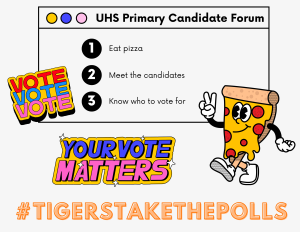
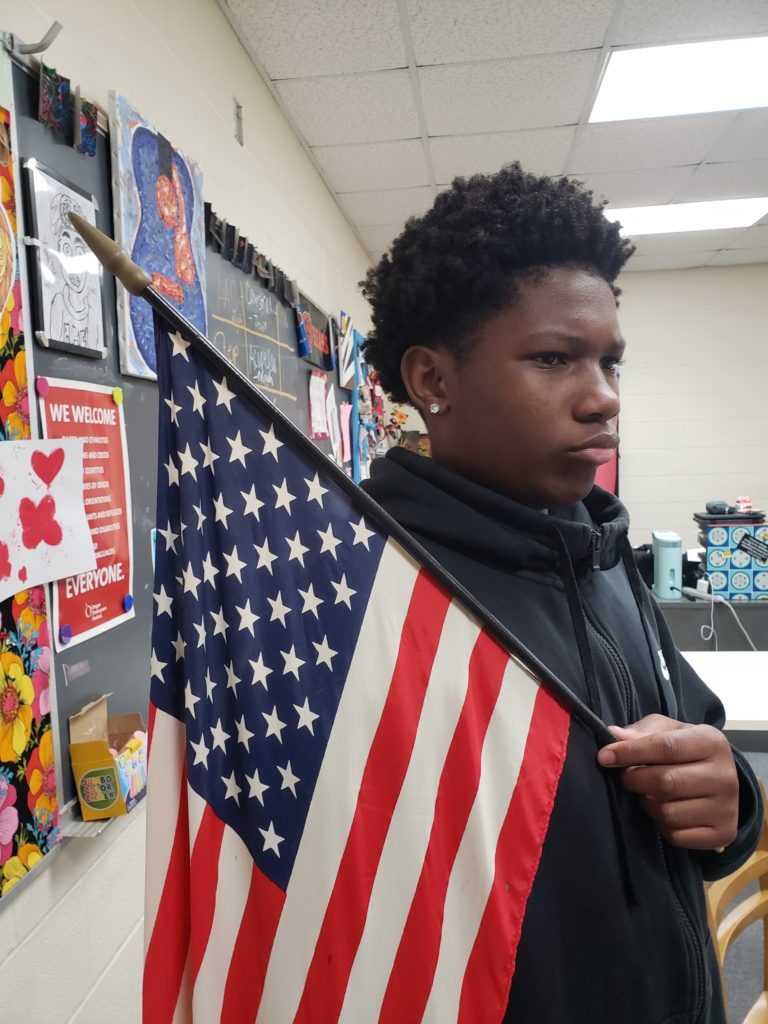
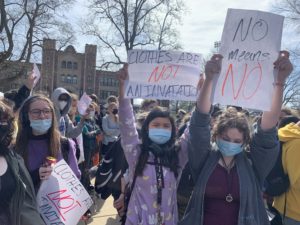

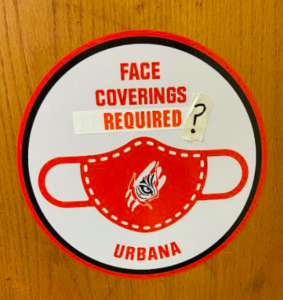

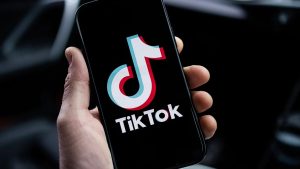
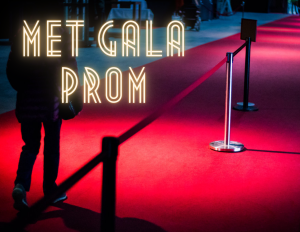
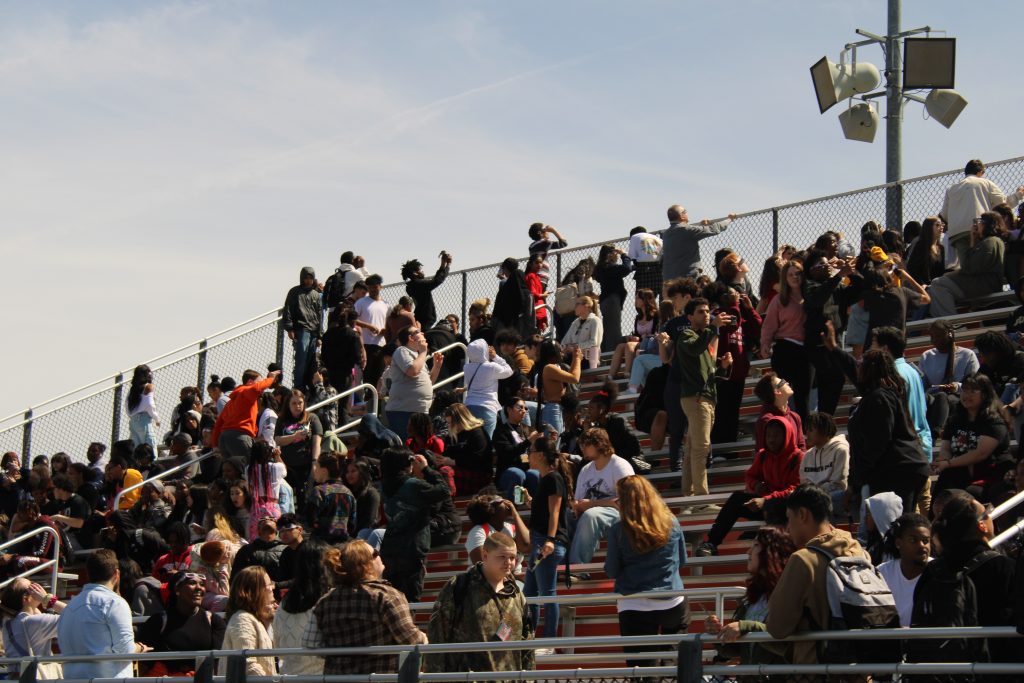
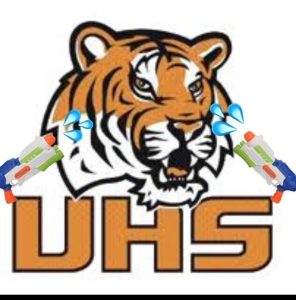
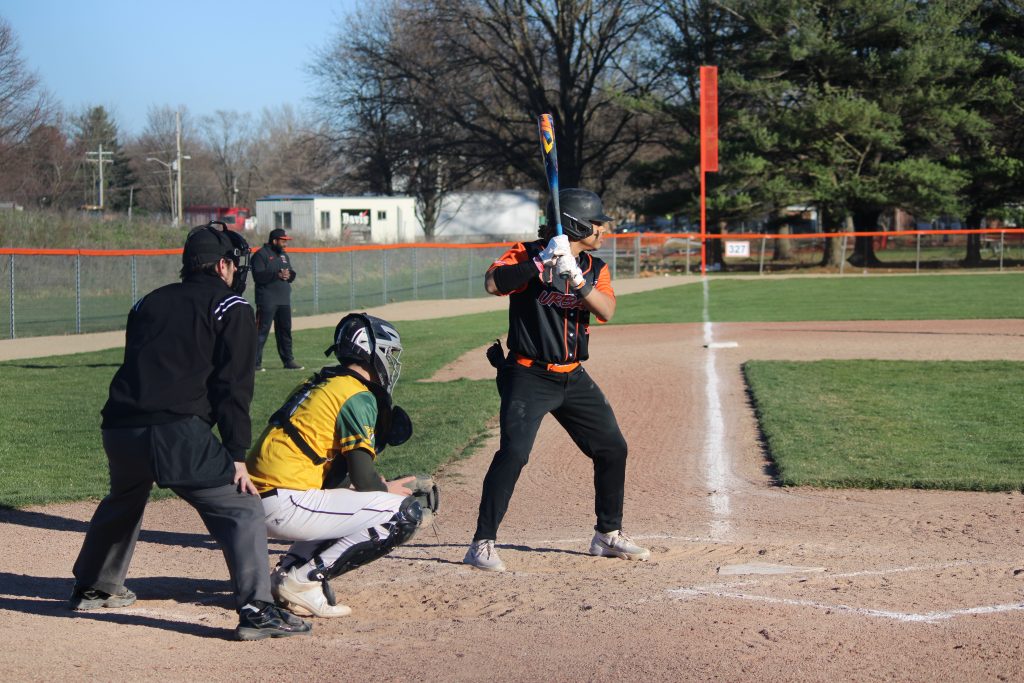
Great article, Sylvia! I find it really interesting, especially as an Athiest, that nearly every person in the world looks at the Pope as sort of a higher power so-to-speak and how his presence is synonymous with greatness. I think an open relationship with all of the world’s foremost religious leaders is extremely important for America. I look forward to seeing who else Obama might reach out to in the ending months of his Presidency.
This a good way to usher in the new year Journalism and really set the tone for what could be the Echo’s greatest year! Excited to keep on reading what you, and all of the other students, write about!